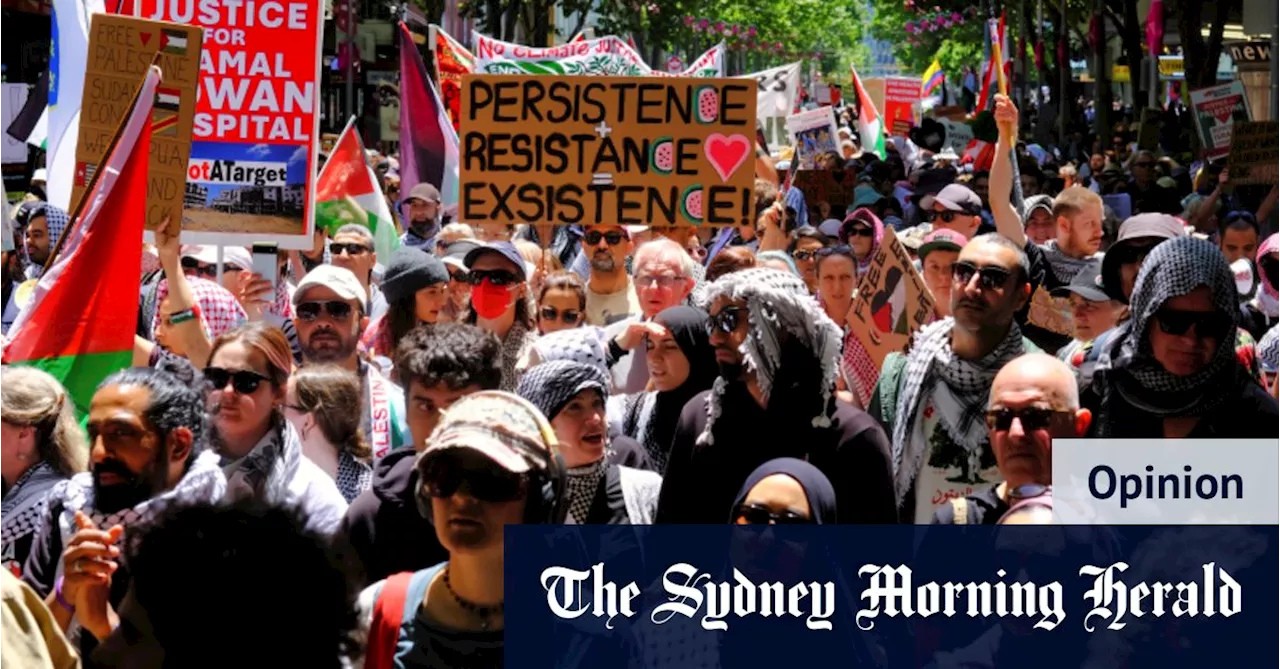Amidst the fragile hope and skepticism surrounding the recent ceasefire agreement between Israel and Hamas, this piece reflects on the author's personal experience and motivations for participating in weekly Palestinian protests in Melbourne. The author explores the emotional weight of witnessing atrocities, the shared grief and anger of the protest community, and the ongoing struggle to find meaning and purpose in the face of seemingly insurmountable pain.
The historic ceasefire agreement between Israel and Hamas, which finally took effect last month, was met with a mixture of fragile hope and significant doubt by many, myself included. Even with this skepticism that the deal would hold, I felt compelled to mark the moment at a place that is now inextricably tied to the conflict for myself and thousands of other Melburnians – the State Library of Victoria.
It’s a location where, every week since October 7, 2023, people from across the city and from all walks of life have congregated to protest the murder of Palestinian civilians. Melburnians have gathered outside the State Library for 15 months to protest in support of Palestine. Much has been written about these protests, which are too often misrepresented in bad faith, with the actions of a handful of individuals implied to be those of tens of thousands. Last month, Victorian Premier Jacinta Allan called for the end of the weekly event, positioning it as a space of community division that was intimidating Australian Jews. She stated, “There is hurt on both sides … If they can find a space for a ceasefire in the Middle East, surely we can find a space for these protests to come to an end in Melbourne.” Opposition Leader Brad Battin went further in an interview on 3AW, suggesting the protests were a nuisance, and urged the reinstatement of laws that would allow for their dispersal.For me, the protests have provided an opportunity to do something about the sense of helplessness that felt like it might engulf me. For over 15 months, people who show up to these rallies have performed a ritual of gathering, listening, walking and yelling together. In that time, a lot has changed, and also, nothing has changed. We witness previously unimaginable horrors through our phone screens and say: “That’s the worst thing I’ve ever seen.” Then we wake the next day and see something new and unimaginable and correct ourselves: “Oh no, that’s even worse.” We call politicians and hear the phone ring out. We send emails that are never answered. We start conversations that never get easier. And the whole time we watch the number of reported deaths rise and rise. Then Sunday comes, and we collect at the library because what else is there to do?I’ve joined this crowd many times, noting it would always swell after especially horrific attacks, and slim in burning sun or pouring rain. Standing on those familiar steps – I’m ashamed to admit more often in the sun than the rain – I find myself asking the same question: Why am I here? Yes, to listen to the stories of people directly impacted – a family’s experience of, doctors and nurses talking about working in bombed out hospitals. But what, if anything, do I think this will achieve? Initially, I made my way to the library because I was looking for a space to process feelings that seemed like they couldn’t be contained by the walls of my home. I wanted to stand with other people who felt this weight. That first time, I went alone and despite my physical solitude, I found an instant point of connection.Over time, the protests became a place of retreat where we could collectively mourn and hold feelings that felt too colossal for our small lives. Then, they became a space for rage. I was tired of writing invisible emails and waiting on unanswered calls. At least, I told myself, at a protest my fury couldn’t be ignored. On the street I yelled, disrupted quiet afternoons, filled the screen and news reports. Together, we could force people to witness. Around this time, I became aware of existing in two realities. Social media would show me a father carrying the headless body of their child, then scroll on to the interior of a yoga studio. I’d read a report of a brother collecting their siblings’ remains in a shopping bag, gaze up and answer my mother’s question about holiday plans. While pulling my daughter’s soft arms through her water wings at the pool a memory would flash: mothers in Gaza.Sundays were the only time when these split worlds converged. I’d glance at the face of a stranger and know they were seeing what I was seeing, and they couldn’t pretend it was just another week. That’s when the protests became a space for connection. I saw fewer protesters than a year ago. But a girl in a similar T-shirt caught my eye and smiled. Two primary school-aged sisters were threading through the crowd selling homemade biscuits to raise money for children in Gaza. I ran into an acquaintance, and we spoke about our kids and our week and our confusion over whether it was a day of celebration or not. For over a year, I’ve asked myself: Why am I here? To mourn, rage, celebrate, pray, be witnessed, to maybe be part of some change? It’s certainly not to spread hate and division, as some suggest, or to condemn an entire community for the actions of the Netanyahu government. It’s because I want the misery to stop. The premier seems to think these events only existed to call for a ceasefire and now that one is (tentatively) in place, they no longer have a role
Palestinian Protests Israel-Palestine Conflict Melbourne Ceasefire Political Activism Grief Anger Solidarity
Australia Latest News, Australia Headlines
Similar News:You can also read news stories similar to this one that we have collected from other news sources.
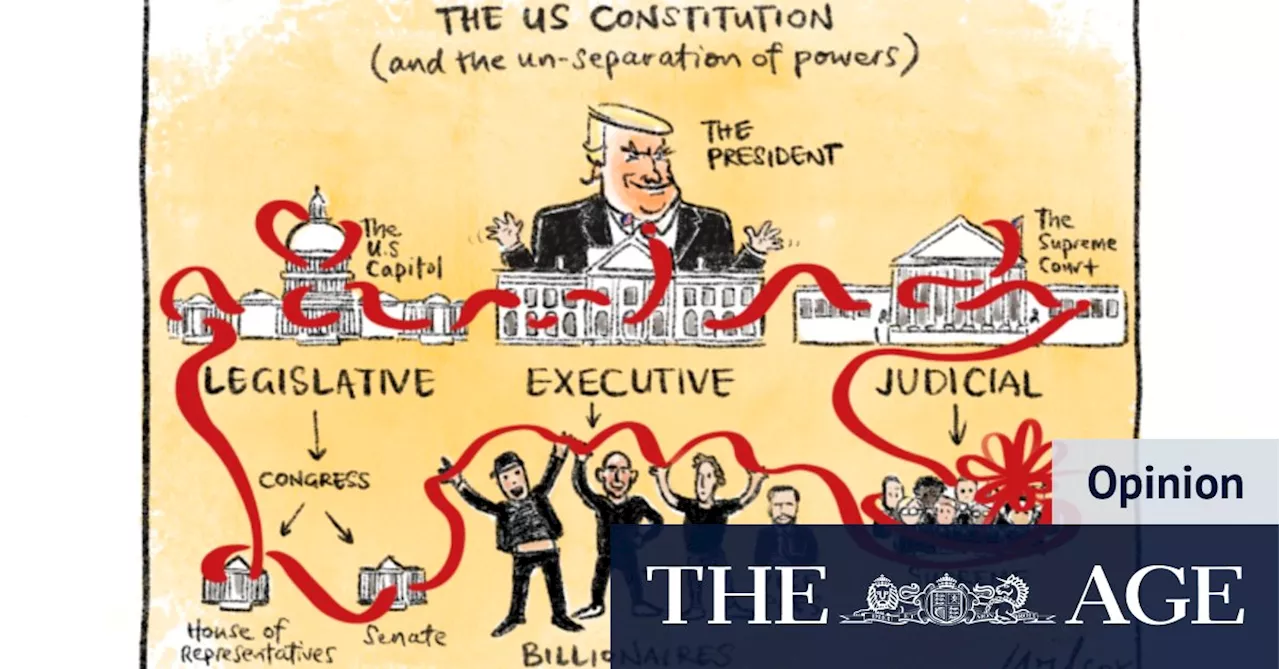 Meddling US rabbi, look at your own home firstReaders discuss the criticism of continuing, weekly pro-Palestinian rallies in Melbourne’s city centre.
Meddling US rabbi, look at your own home firstReaders discuss the criticism of continuing, weekly pro-Palestinian rallies in Melbourne’s city centre.
Read more »
 Melbourne woman’s fight to keep NDIS support raises legal questions about agency’s ‘troubling’ processesTribunal decision for 54-year-old Veronica Stephan-Miller suggests onus of proof should be on NDIA, not recipient, before revoking benefits
Melbourne woman’s fight to keep NDIS support raises legal questions about agency’s ‘troubling’ processesTribunal decision for 54-year-old Veronica Stephan-Miller suggests onus of proof should be on NDIA, not recipient, before revoking benefits
Read more »
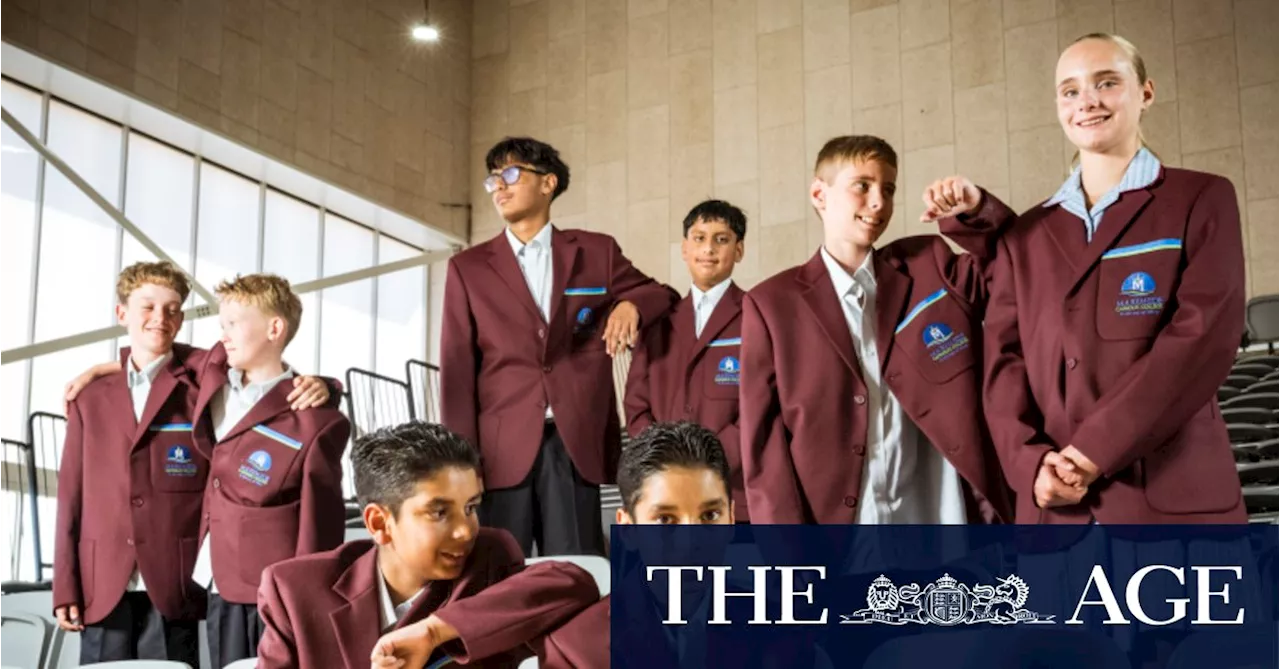 Melbourne Schools Struggle to Keep Pace with Enrollment SurgeSchools in Melbourne's rapidly growing suburbs face challenges meeting the increasing demand for places as over a million Victorian children return to school. Many schools, particularly in the booming northern fringe, are experiencing high enrollment numbers, with some expecting to operate waiting lists within the next few years. The situation highlights the pressure on infrastructure and educational resources in Melbourne's growth corridors.
Melbourne Schools Struggle to Keep Pace with Enrollment SurgeSchools in Melbourne's rapidly growing suburbs face challenges meeting the increasing demand for places as over a million Victorian children return to school. Many schools, particularly in the booming northern fringe, are experiencing high enrollment numbers, with some expecting to operate waiting lists within the next few years. The situation highlights the pressure on infrastructure and educational resources in Melbourne's growth corridors.
Read more »
 BREAKING: Young gun axed, shock all-rounder call as Aussies reveal Champs Trophy squadCricket: Catch all the highlights between the Melbourne Renegades and the Melbourne Stars at Marvel Stadium.
BREAKING: Young gun axed, shock all-rounder call as Aussies reveal Champs Trophy squadCricket: Catch all the highlights between the Melbourne Renegades and the Melbourne Stars at Marvel Stadium.
Read more »
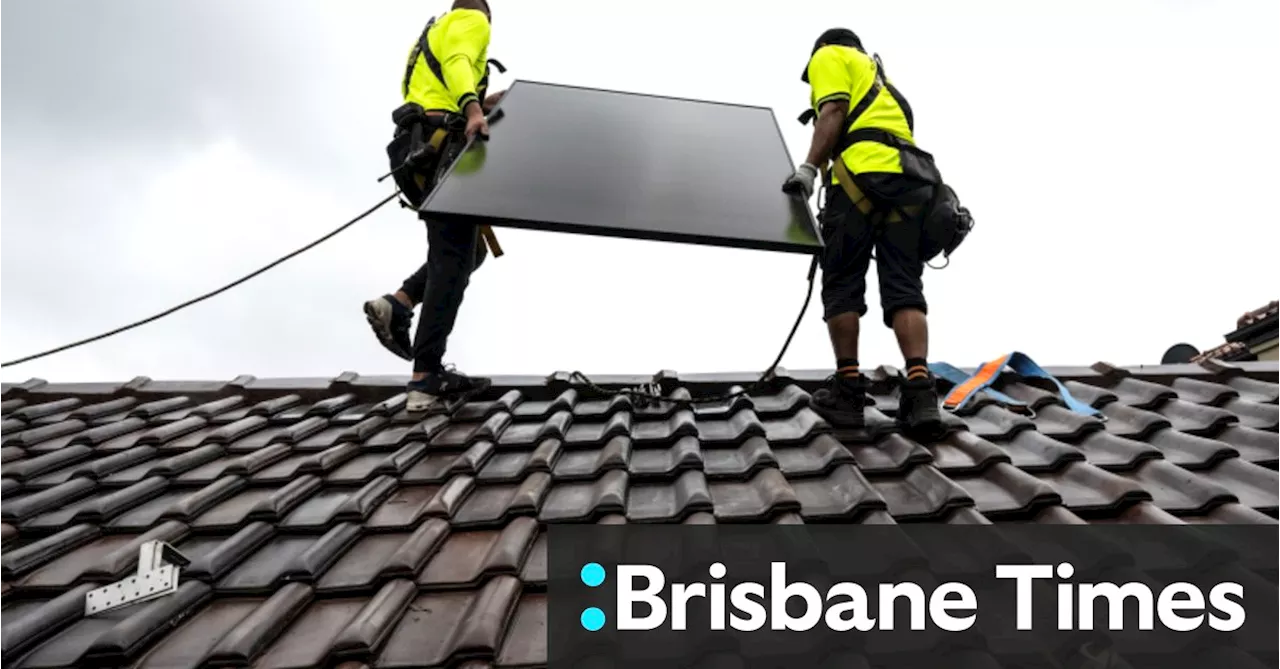 Why do so few apartments in Sydney and Melbourne have cost-saving solar panels?It’s a question that has long frustrated governments and apartment dwellers, particularly as Australia is a world leader in rooftop solar.
Why do so few apartments in Sydney and Melbourne have cost-saving solar panels?It’s a question that has long frustrated governments and apartment dwellers, particularly as Australia is a world leader in rooftop solar.
Read more »
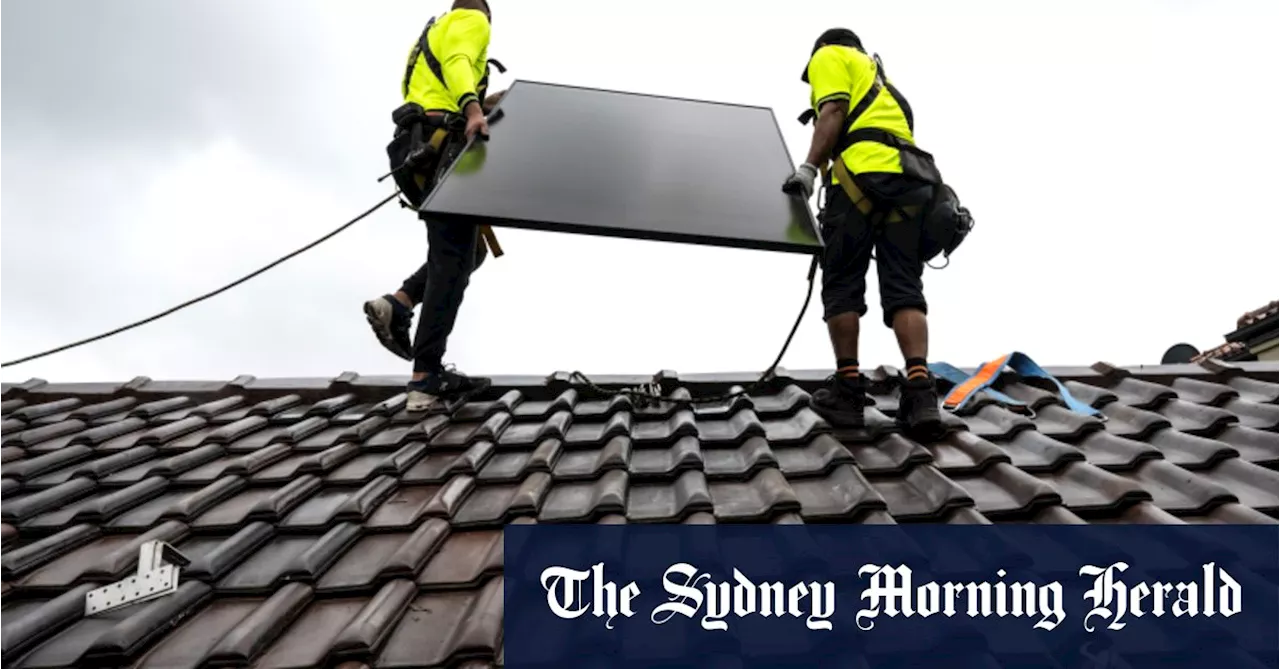 Why do so few apartments in Sydney and Melbourne have cost-saving solar panels?It’s a question that has long frustrated governments and apartment dwellers, particularly as Australia is a world leader in rooftop solar.
Why do so few apartments in Sydney and Melbourne have cost-saving solar panels?It’s a question that has long frustrated governments and apartment dwellers, particularly as Australia is a world leader in rooftop solar.
Read more »
